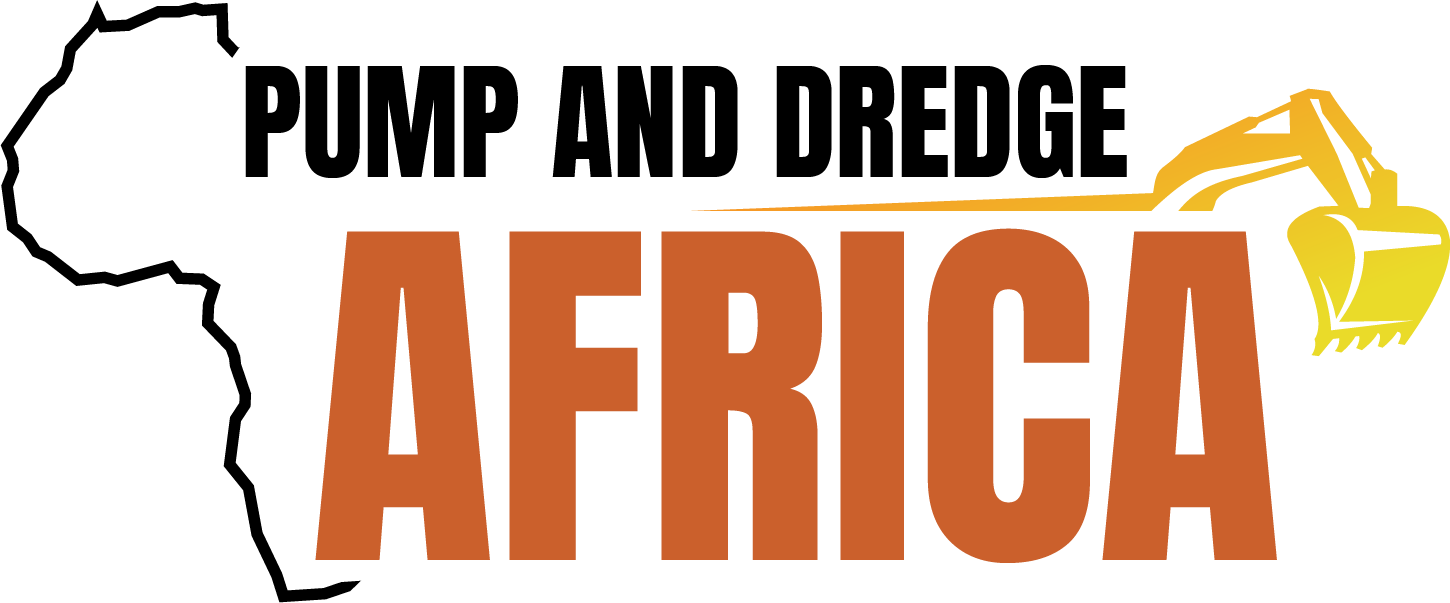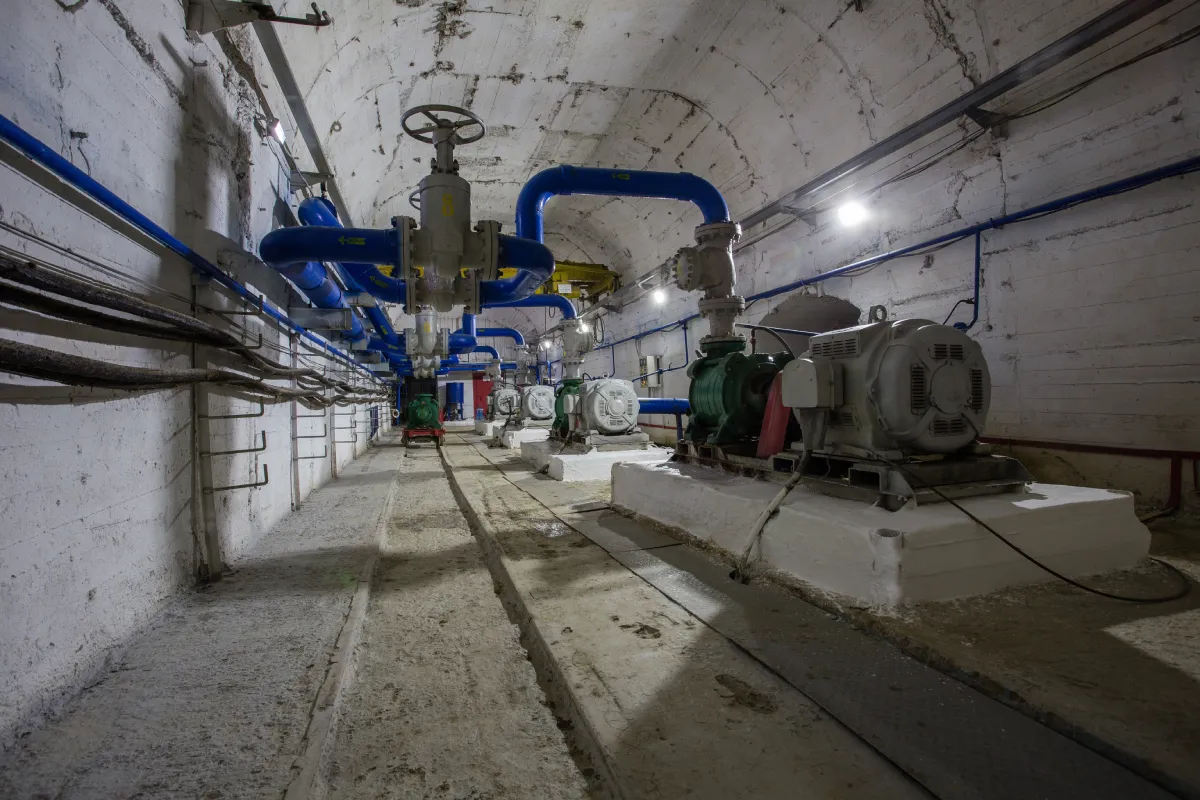Mining industry pump technology stands at the heart of modern mining operations, driving efficiency, safety, and sustainability from the very first stage of extraction to the final act of site rehabilitation. In an industry where every minute of uptime matters, these pumps do far more than transfer fluids; they power the continuous rhythm of production. Whether managing tailings, dewatering shafts, or processing mineral slurries, a mining industry pump is the unseen force that keeps an entire operation flowing seamlessly. Reliable, durable, and engineered to endure the harshest conditions, it transforms potential downtime into operational resilience and ensures that even the most demanding sites run with precision and control.
Mining environments generate large volumes of slurry, sediment, and mineral-rich fluids that must be transported continuously to maintain productivity. Whether moving abrasive tailings, dewatering confined spaces, or supporting dredging operations, operators depend on the consistent performance of a mining industry pump to avoid bottlenecks and equipment failures. Interruptions in slurry transport can halt excavation, delay processing, and increase the strain on downstream machinery.
A mining industry pump also plays a major role in keeping operating costs under control. Efficient systems reduce energy consumption, minimize unplanned maintenance, and extend the service life of high-value assets. This is especially relevant in high-solid environments where material density and particle size can accelerate wear.
Safety is another critical driver. Pumps support controlled water management, prevent flooding in underground and surface pits, and ensure compliance with environmental regulations. Solutions like submersible pumps for the mining sector offer secure, sealed performance where exposure to debris, slurry, and harsh conditions would compromise conventional equipment.
For high-capacity transport, dewatering, or dredge-assisted mineral recovery, an industrial mining pump provides the durability and pressure handling required to maintain uptime. In large-scale projects, where delays can translate to millions in losses, the reliability of pump systems directly influences productivity, workforce safety, and long-term profitability.
Overview of Mining Industry Pump Applications
A mining industry pump meets a variety of operating requirements in waste management, processing, and extraction locations. It supports both industrial efficiency and regulatory compliance, and its uses go far beyond basic water transport.
Material Handling: Slurry, Sediment, Tailings, and Minerals
High-density, abrasive materials produced by mining operations must be transported without affecting output. Slurry, sediment, tailings, and fluids rich in minerals are transported between processing circuits, containment zones, and disposal zones by means of a mining industry pump. Throughput and equipment lifespan are strongly impacted by its capacity to handle solids without clogging or experiencing excessive wear.
Dewatering in Underground and Surface Mines
Uncontrolled groundwater and accumulated fluid in pits can stall operations and create hazardous conditions. Submersible pumps for mining sector applications are deployed in confined environments where reliability and sealed performance are essential. They remove water from shafts, tunnels, and open pits, ensuring safe access and uninterrupted excavation.
Excavation and Dredging Support
Sediment removal, overburden extraction, and riverbed or seabed mining rely heavily on pumping systems. An industrial mining pump supports dredging equipment by moving slurry from extraction zones to separation units or barges. These systems help maintain production flow in operations involving mineral recovery, gravel relocation, or hydraulic excavation.
Environmental Compliance and Water Management
Mining sites must manage wastewater, sediment-laden runoff, and residual process water in accordance with environmental requirements. Pumps enable controlled transfer to treatment facilities, tailings storage, or reinjection systems. Efficient water handling also supports dust suppression, pit safety, and controlled discharge.
Types of Pumps Used in the Mining Sector
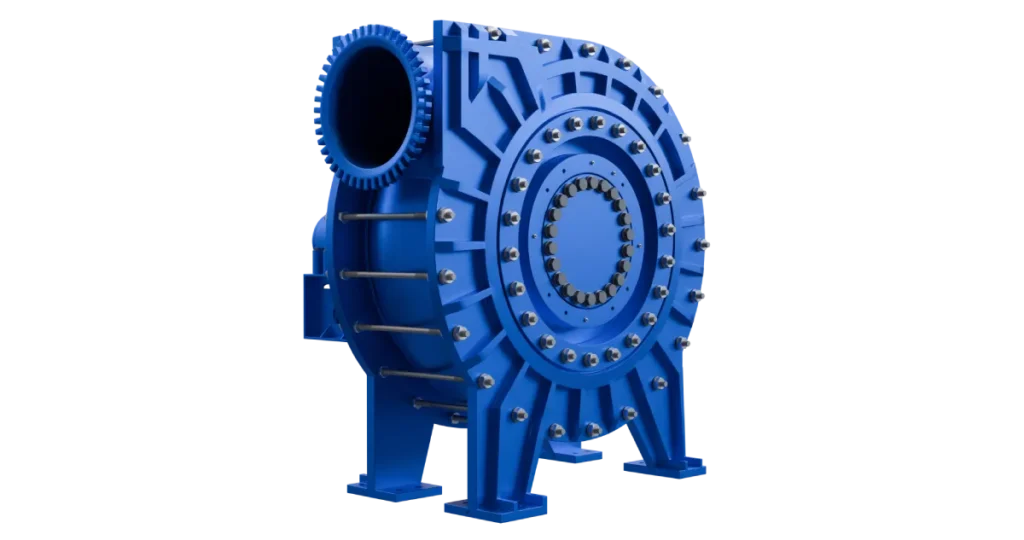
Submersible Pumps for Mining Sector
Submersible pumps for mining sector operations are commonly installed in slurry pits, flooded shafts, and tailings dams where direct access is limited. Their sealed motor design allows full immersion without risk of contamination or overheating. Because they operate at the fluid source, they eliminate the need for extensive suction piping and reduce priming challenges.
These pumps are prized for their portability and small size, which enable quick deployment in site circumstances that change over time. Operators must, however, keep an eye on parameters including wear resistance, motor protection, and solids handling capability. In abrasive settings, materials such as strengthened impellers and high-chrome metals can prolong service life.
Industrial Mining Pump Systems (Surface & Modular)
A surface-level or modular industrial mining pump provides flexibility for both long-term and short-term deployments. While vertical versions are preferable in deep sump or shaft locations where footprint and accessibility are limited, horizontal pumps are frequently used for high-flow applications.
Gravel, slurry, and centrifugal pumps are used for various material profiles. Slurry and gravel pumps are designed for high-viscosity and high-abrasion applications, whereas centrifugal pumps manage huge volumes with a moderate solids content. Many locations use designed skids, which combine hoses, controllers, power units, and pumps into a single deployable system that can be adjusted to meet operating needs.
Dredge Pumps and Venturi-Based Systems
Equipment capable of directly extracting minerals and silt from ponds, seabeds, or riverbeds is necessary for some mining activities. Large water volumes are moved by a mining industry pump used in dredging, which generates suction via a power jet or venturi system. The water flow creates a vacuum pressure that draws in slurry through a suction line instead of pushing gravel directly.
After being transported, the material is separated from lighter waste by passing through classifiers, sluice boxes, or gravity-based separators. Effective extraction is made possible by the power jet or venturi effect, which eliminates the need for bulky mechanical gravel pumps. In specialized recovery applications like gold dredging, where mobility and continuous operation are crucial, these systems are particularly pertinent.
Key Selection Criteria for the Right Mining Industry Pump
Selecting the right mining industry pump requires aligning technical performance with site-specific demands, material characteristics, and long-term operating costs. Each variable, ranging from solids content to deployment conditions, directly affects reliability, service life, and total cost of ownership.
Material Viscosity, Abrasiveness, and Solids Handling
A mining industry pump must be engineered to move viscous fluids, abrasive tailings, and particle-rich slurry without excessive wear. The size, concentration, and sharpness of solids influence impeller selection, casing material, and seal configuration. In environments with high sediment content, submersible pumps for mining sector applications and heavy-duty slurry units are often selected to prevent clogging and erosion.
Flow Rate and Head Requirements
To avoid energy waste and early failure, a suitable size is necessary. For the pump to transfer material across pits, pipelines, and processing areas efficiently, it must fulfill certain flow and head criteria. An oversized or undersized mining industry pump can strain downstream systems, increase maintenance costs, or reduce production throughput.
Power Sources: Diesel, Hydraulic, and Electric
The choice between diesel, hydraulic, or electric power depends on access to grid supply, mobility requirements, and emission regulations. In remote or off-grid areas, diesel-driven industrial mining pump systems are preferred for fuel efficiency and autonomy. Electric models support continuous operation in processing plants or permanent dewatering stations, while hydraulic configurations offer power density in compact footprints.
Mobility and Deployment Constraints
Mine sites present varied terrain, underground shafts, marine environments, dredging zones, and remote extraction points. Submersible pumps are favored for flooded locations in the mining sector, while modular skid-mounted industrial mining pump units support quick relocation and flexible setup. Weight, transportability, and hose length determine how effectively equipment can be deployed and maintained.
Lifecycle Cost and Return on Investment
Upfront price is only one part of the equation. The long-term viability of a pump depends on several key factors, including energy consumption, wear part replacement, uptime performance, and service accessibility. Selecting a mining industry pump with the right materials, duty rating, and support framework helps reduce operating expenditure while extending service intervals and maximizing ROI.
Performance Optimization & ROI Considerations
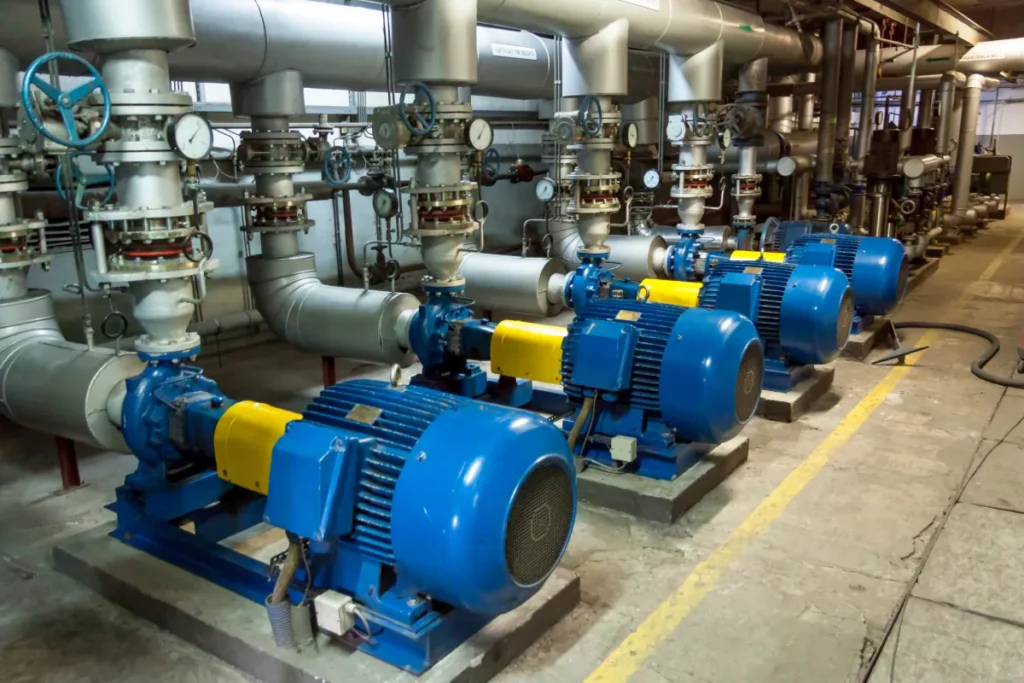
Maximizing performance and return on investment starts with selecting and operating a mining industry pump that is correctly matched to the process demands, site conditions, and material profile. Energy use, uptime, and throughput all contribute directly to cost per ton moved, making pump efficiency a business decision as much as an engineering one.
Energy Efficiency and Pump Curve Alignment
A mining industry pump delivers optimal efficiency only when operated within its best efficiency point (BEP). Aligning pump curves with actual flow and head requirements reduces power consumption and prevents cavitation, seal failures, and accelerated wear. In fixed installations, electric-driven industrial mining pump systems often achieve long-term energy savings when configured correctly. For submerged environments, submersible pumps designed for mining sector conditions minimize priming losses, ensuring efficient fluid transfer with minimal suction lift.
Maintenance Cost vs Downtime Prevention
Component wear is inevitable in abrasive environments, but preventive maintenance significantly lowers overall lifecycle cost. When planned inspections and part replacements are built into operations, downtime is minimized and service life is extended. An industrial mining pump designed with replaceable liners, durable seals, and abrasion-resistant impellers costs less to maintain than systems that require a full overhaul after failure. For flooded shafts and tailings ponds, submersible pumps for mining sector setups allow quicker access and streamlined servicing.
Impact on Recovery Rate and Throughput
Pump performance directly influences material flow in dredging, tailings reclamation, and mineral extraction. A mining industry pump that maintains stable pressure and flow ensures processing circuits receive consistent feed, preventing production bottlenecks. In applications involving gold or mineral recovery, consistent slurry transport improves recovery yield and reduces recirculation losses.
Case-Based Insights from Dredging and Mineral Operations
Field deployments show that optimizing a mining industry pump can improve overall efficiency by reducing sediment buildup, lowering fuel burn, and limiting repair frequency. In dredging operations, venturi-based pumping systems have demonstrated high material recovery without the need for oversized mechanical gravel pumps. Sites using submersible pumps for mining sector operations in flooded areas have reduced delays caused by dewatering inefficiencies, while industrial mining pump platforms installed on modular skids have improved mobility and throughput in remote mineral extraction zones.
Maintenance and Reliability Best Practices
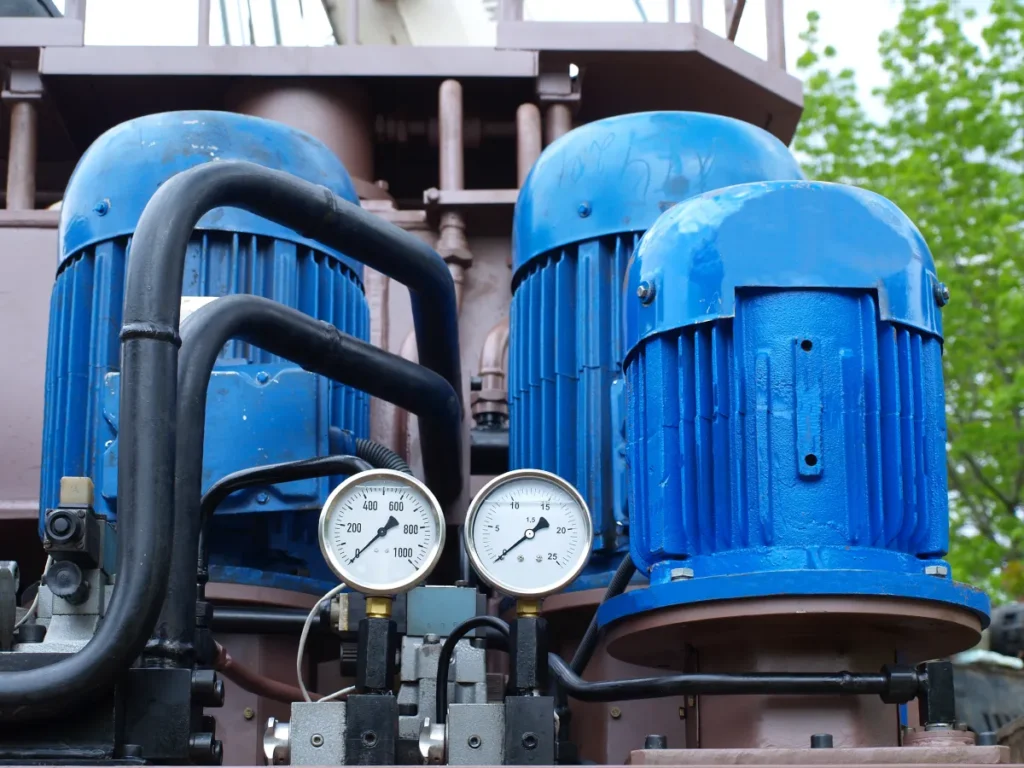
Reliability and longevity in harsh mining conditions depend on proactive maintenance strategies and correct equipment configuration. A well-managed mining industry pump not only reduces unscheduled downtime but also safeguards critical processes such as slurry transport, dewatering, and sediment extraction.
Wear Part Monitoring: Impellers, Seals, and Liners
Mechanical seals, liners, and impellers deteriorate more quickly when exposed to abrasive slurry on a regular basis. Operators can replace parts before performance declines or leaks happen by keeping an eye on worn surfaces and monitoring service intervals. Material erosion may be considerably reduced and operational life increased with an industrial mining pump constructed with hardened alloys or replacement wear plates.
Managing Blockages and Oveṣrsized Debris
Vegetation, large boulders, and compacted sediment can impede flow channels and put stress on machinery. Intake screens, suction hose checks, and routine inspections lower the chance of blockages in dredging and tailings settings. If installed without proper screening or agitating systems, submersible pumps for mining sector are particularly prone to debris buildup. Maintaining safe operating pressure and avoiding impeller damage is made possible by making sure the entrance is the right size and clean.
Scheduled Servicing vs On-Demand Repairs
Unplanned repairs create downtime, increase labor demands, and often require more extensive parts replacement. Establishing scheduled maintenance allows operators to plan around production targets and resource availability. A mining industry pump with an accessible design and standardized spares makes routine servicing faster and more cost-effective than reactive repair approaches. For modular systems and mobile units, industrial mining pump platforms with service-friendly layouts further improve turnaround time.
Insights from Dredging and Suction System Maintenance
Dredging applications provide valuable lessons on pump care in abrasive and debris-heavy environments. Operators routinely clear suction hoses, check venturi-based nozzles, and remove accumulated gravel to avoid stress on drive systems. Submersible pumps for mining sector configurations benefit from similar vigilance, particularly in flooded shafts and sediment-rich basins. Implementing these practices ensures consistent performance and helps maintain the structural integrity of each mining industry pump in service.
Real-World Use Cases and Industry Deployments
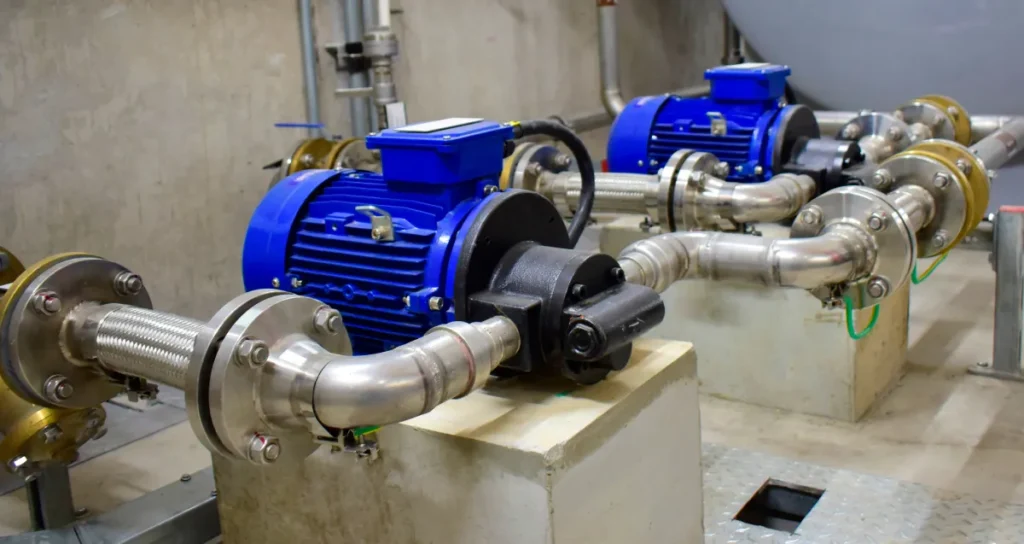
Suction-based systems demonstrate how a mining industry pump can support continuous material extraction without extensive manual handling. In gold dredging, water flow is directed through a venturi or power jet, creating the suction needed to draw sediment and mineral-rich slurry from riverbeds or submerged deposits. This minimizes dependence on mechanical gravel pumps and reduces clogging risks.
Once material enters the hose, sluice systems and classifiers separate valuable minerals from lighter waste through gravity and controlled water flow. The setup enables sustained operation with minimal shutdowns, making it an efficient application of a mining industry pump in remote or shallow-water environments. Low-maintenance configurations ensure reliable output even when processing coarse particles or sand-laden slurry.
Government and Municipal Applications
A mining industry pump is commonly used in public-sector operations in addition to mineral extraction. Pumps are used by municipal authorities to restore water flow in retention ponds, remove silt from drainage systems, and reduce floods in metropolitan areas. The same rules that govern dredging also apply to berth deepening and sediment removal in harbors, ports, and marine waterways.
Rugged systems are necessary for military and naval operations for field equipment support, coastal fortification construction, and emergency dewatering. Since they can be directly immersed in polluted or debris-filled settings without complex rigging, submersible pumps suitable for mining sector conditions should be considered in such situations.
Oil & Gas and Heavy Industry Environments
In energy and industrial zones, fluid transfer demands extend beyond water and slurry. High-density waste, drilling mud, tailing byproducts, and viscous hydrocarbons require a robust industrial mining pump configuration to withstand chemical exposure and abrasive content. These pumps are integrated into processing circuits, well site operations, and containment systems to move sludge and slurry efficiently.
A mining industry pump used in remote extraction regions helps prevent the accumulation of hazardous byproducts and ensures compliance with environmental and safety standards. Designed for sustained throughput, these systems can support land-based rigs, offshore platforms, and refinery-adjacent infrastructure without compromising performance or service life.
Conclusion
The performance of any extraction, processing, or dewatering system is directly influenced by the quality and suitability of the mining industry pump in use. When pump selection aligns with material characteristics, site conditions, and operational demands, the result is greater efficiency, reduced downtime, and stronger process continuity. This makes the pump a strategic asset rather than a passive component.
Both surface-mounted and submersible pumps for mining sector applications continue to prove their value in environments where fluid levels fluctuate, access is limited, or solids content is high. Their ability to operate reliably in submerged or confined conditions supports critical functions like tailings management, pit drainage, and slurry transfer.
Equally important, an industrial mining pump delivers the pressure, durability, and throughput required for large-scale operations where failures can halt production or increase maintenance overhead. Whether moving abrasive slurry or supporting dredging and mineral recovery, these systems protect equipment and preserve production schedules.
When properly matched to the task, a mining industry pump contributes directly to cost control by minimizing energy waste and extending component life. Strategic deployment across different operational zones further enhances consistency in output. Over time, the right mining industry pump reinforces production goals while limiting repair frequency and operating risk. By focusing on long-term performance metrics, operators gain more than mechanical output; they secure a foundation for predictable ROI.

